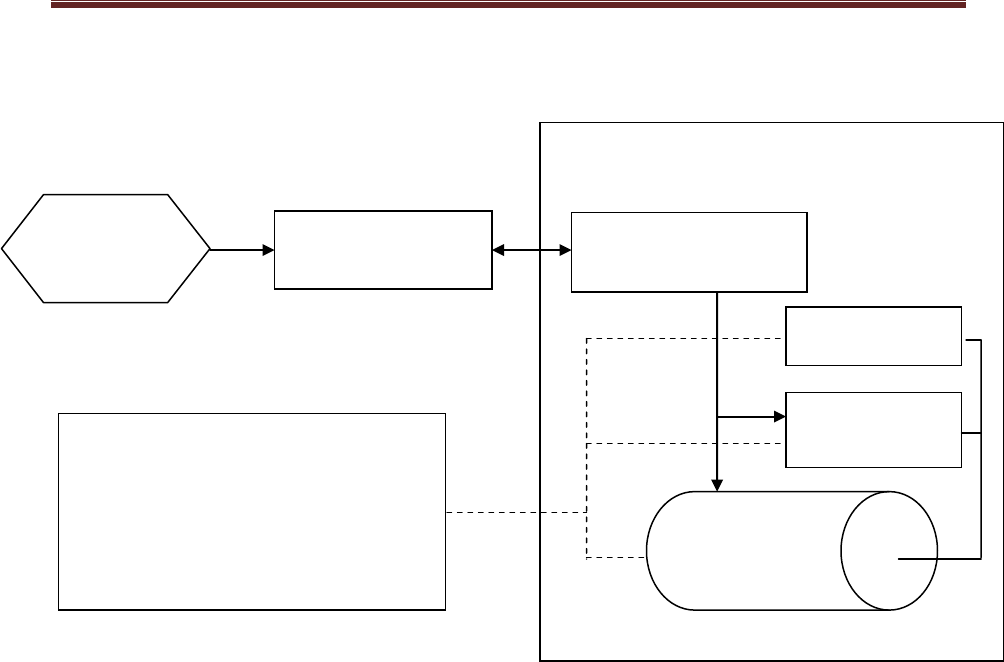
Electronic Document Management Systems
The purpose of an Electronic Document Management System is to provide a central
repository for documents. An electronic document management system allows for:
• Secure environment for document storage;
• Immediate web based access to documents by authorized personnel from any
location;
• Multiple users can access the same document simultaneously, at anytime;
• Management of versions of documents to minimize inconsistency and redundancy;
• Increased speed of storing, retrieving and modifying documents;
• Reduction of paper, space and staffing requirements associated with paper filing
systems.
An EDMS system offers a means of adding documents to an online repository and
associating properties with those documents to make them easier for users to locate and
retrieve. It also provides a method to check-out and check-in documents so that additional
versions may be created and retained without overwriting previous versions. It facilitates
collaboration by allowing all parties to simultaneously locate and use the most recent version
of an electronic document. Additionally, the system supports a wide variety of document and
data formats.
Users may upload, search, view, check-out and check-in documents according to the user
group to which they belong, or the access rights specifically granted by the individual that
added the document to the EDMS system. Usually access to an EDMS is provided based on
user groups.
Figure 1 shows a schematic of an EDMS system from a user perspective. There are two
basic tasks: adding and retrieving documents. Adding documents involves first creating an
electronic version of the document to be uploaded. In some cases the document may already
exist on the user’s computer. When paper documents need to be entered in an EDMS they
must first be scanned to create electronic copies.
Once the document is created the user goes on line and uploads the document. There are
usually data fields which must be filled in by the user. The filled out data fields provide the
metadata, or indexing tags, that are associated with the specific document being uploaded that
will facilitate retrieval of the document. At the time of upload, the user also assigns which
user groups have what kind of access (e.g.: rights to view the document, rights to add a new
version, etc) to the document. At this stage, naming the document correctly using the correct
naming convention is critical so that the document will be easy to retrieve after it is uploaded.
Without search engines, naming conventions and other metadata, documents can get lost
in the system. Also, the user’s ability to determine that they have the latest version is limited.
The user begins the retrieval process by logging into the EDMS and either searching by
entering information in the appropriate property criteria and executing the search, or browsing
through the repository. If the user has the right to view the document or its properties, the
document will appear in the search results or during browsing.
Page 1 of 2

Electronic Document Management Systems
Figure 1: EDMS Schematic
EDMS
Web Based Interface
Search Engine
Document Upload
process - (Metadata)
Security
Protocols
Document Storage
External
Document
preparation
Document Entry Process
Document Retrieval Process
Web Based Interface
• Search engine identifies
document
• Security settings determine if
document is available to user
• Document opened on user
screen
Page 2 of 2
